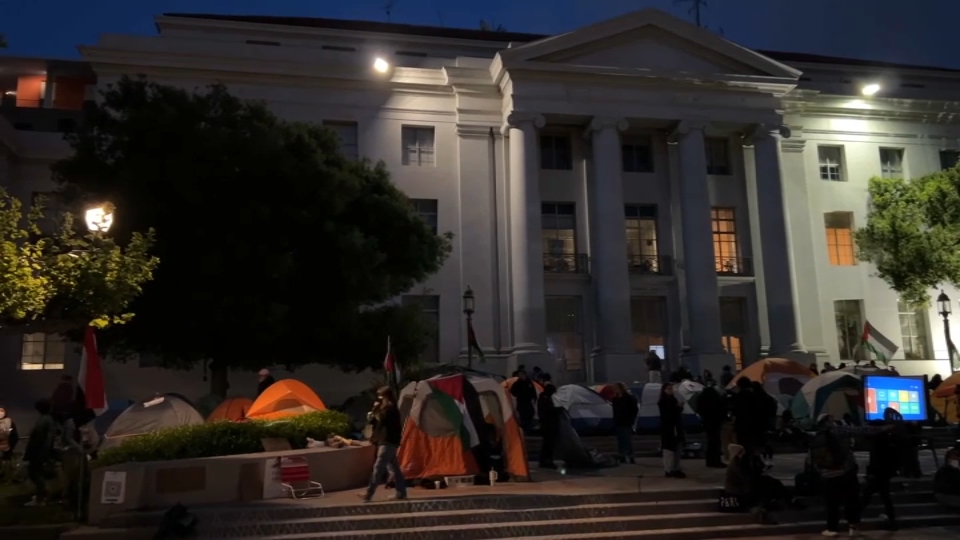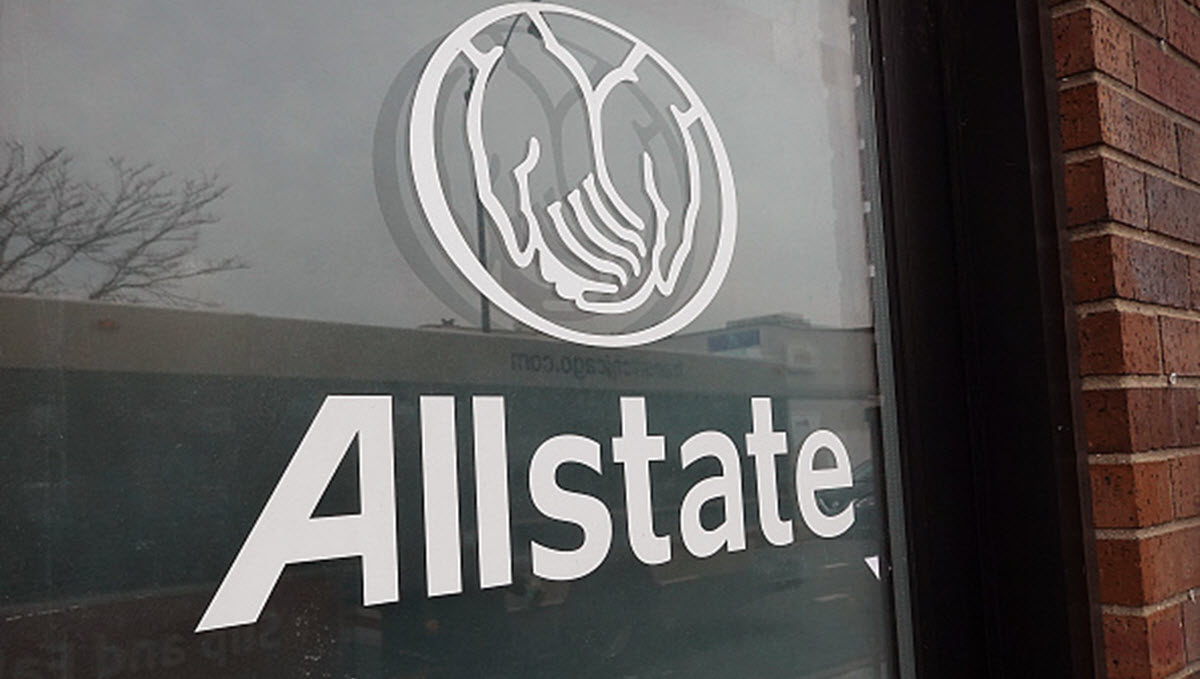In the early days of the pandemic, Derick Barnes had no choice but to live on the street in the Bayview.
Now a year later, he proudly claims a new 30-foot-long Coleman Lantern trailer, equipped with an electric fireplace and other amenities as his home.
“The executive suite. That’s what I call it,” Barnes said. “Because that’s what it looked like when I first walked in.”
Barnes is one of 120 government provided vehicles now parked in neat rows on a dusty, windy 3.4 acre patch of San Francisco's port land at Pier 94.
Get a weekly recap of the latest San Francisco Bay Area housing news. Sign up for NBC Bay Area’s Housing Deconstructed newsletter.
A total of 125 residents are provided meals, clothing and even twice weekly laundry service while they shelter in place during the pandemic.
“This is giving them a fighting chance for a better life,” said Gwendolyn Westbrook, CEO of The United Council of Human Services, a non-profit agency that operates the program.
She said that she’s already seen a transformation among many of the residents here, half of whom had been sleeping in the park early on to escape the pandemic.
Local
“They’ve been looking for jobs, they’ve been doing what they need to do to change their lifestyle around,” she said. “Without this RV and trailer park, that would have never happened, people would still be on the street.”
But environmental justice advocates like Ray Tompkins say the shelter residents are forced to breathe air filled with tiny particles that can become embedded deep in the lungs. “
"This the worst place for a human being, in terms of air quality,” said Tompkins, who serves on the African American Community Health Equity Council in the Bayview. “It’s in the middle of a gravel pit, which is used for making cement.”
Tompkins, a retired chemistry teacher told NBC Bay Area that he is worried about the pollution readouts he sees on an air particulate detector near the shelter site, where the wind gusts swirl around nearby mounds of sand and broken up asphalt stored across the way.
“The dust clouds. People inhale it and it’s in their lungs,” Tompkins said. “Just because they’re homeless, doesn’t mean they’re not deserving a clean breath of air.”
In 2017, The Investigative Unit reviewed Bay Area Air Quality Management District records of three nearby concrete batch plants.
The findings echoed a study done by students at the Golden Gate University’s Environmental Law and Justice Clinic, which found that regulators have repeatedly alleged that the plants either use too much dust generating materials or lack proper permits.
More recently, regulators reviewing a permit application for the Hanson Aggregates facility, which operates on Pier 94 closest to the shelter site found that the company twice failed to make sure the materials it was handling were kept wet enough to control dust.
The company is awaiting a final approval of that application. It told NBC Bay Area in a statement that it uses "the industry's best management practices to control dust by spraying water on raw materials and unpaved areas as well as regularly sweeping nearby paved areas."
Air district officials have maintained said that the stress of poverty in the area and not the microfine dust has led to elevated asthma levels in the Bayview.
But one scientist said that there is a clear link between the particles and health problems. He also questions the safety of the shelter site.
“It’s tricky because I think the intention was good to provide housing for unhoused folks. But the location is problematic,” said Dr. John Balmes, a UCSF pulmonologist who serves on the state Air Resources Board.
Maps issued by both the air quality district and the city health and planning departments show the shelter site is in a zone of elevated levels of PM 2.5 particles, measuring 2.5 microns. it's about one-thirtieth of the thickness of human hair.
Balmes, an expert in the health impacts of the particles said they can easily get trapped deep in the lungs, leading to asthma and even lung cancer.
A 2020 draft study by the city’s health and planning departments noted that aggregate handling near Islais Creek, not far from the shelter site, contributed to elevated PM 2.5 levels nearby.
Still, there was no mention of that air pollution zone when the city’s Port Commission unanimously approved the site for the shelter last year.
"The fact that the city opted to house homeless people in such an area to escape COVID-19, that is an example of how San Francisco has trouble living up to its environmental justice and anti-racist values," Balmes said.
San Francisco city officials responded in a statement that the selection was made because “this site could accommodate the large number of trailers we received from the state and allowed us to quickly provide safe shelter in the midst of a global pandemic.”
The city added: “The City will be meeting with staff from the Bay Area Air Quality Management District to discuss any issues related to air quality."
Barnes said he is willing to put up with the risk to stay off the streets.
“I’m okay with it,” he said. “You prepare yourself for it. Once you’re out here, and you experience it a bit, you make preparations. You put a coat on. You keep your mask on.”
Barnes added that he has experience with the dust, having worked for one of the local concrete plants in the past.
All shelter residents are told to wear masks, even inside their trailers which come equipped with HEPA air-filtration systems.
Balmes said that given the location, the masks and filters only afford so much protection against the particles swirling everywhere.
“It would be good to move it to a cleaner place. But I don’t know if that’s possible,” he said.
Westbrook, the CEO of the non-profit that runs the shelter, says she understands the concerns about dust, but the Pier 94 location was the only one made available by city officials.
“It’s contaminated everyplace and unfortunately, it’s really contaminated where black people and brown people live,” she said. “But we don’t have (another) place to go.’’
She thanked San Francisco Mayor London Breed for her support and she hopes the city will continue to keep the program going even after the pandemic.
As for environmental activists, she urged them to get involved and help find a healthier spot.
“It’s not the ideal situation,” she said, “but where’s the alternative?”



